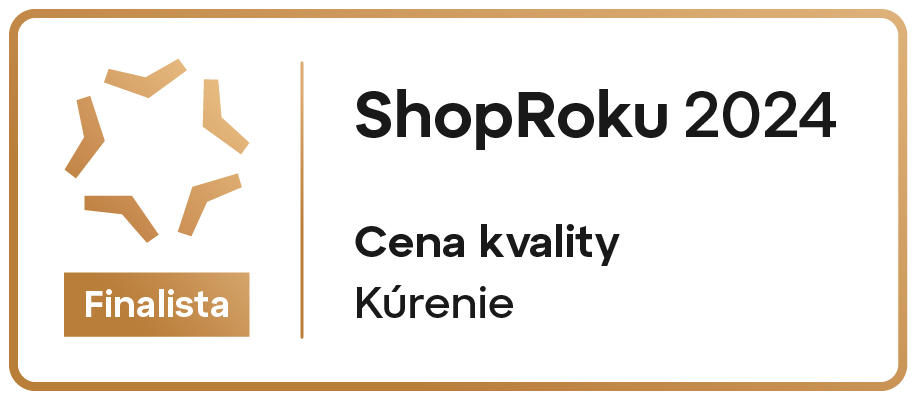steel
Steel is an alloy of iron with carbon and alloying elements (manganese, chromium, tungsten, silicon and others), in which the carbon content is less than its maximum solubility in austenite, which is 2.14%. An alloy of iron with carbon and other elements with a carbon content greater than 2.14% is called cast iron. Carbon with iron creates various structural components, e.g. ferrite, austenite, cementite, pearlite, ledeburite or martensite.
Features
Overall
The density of steel is 7.85 g/cm3. The tensile strength Rm is normally from 300 N.mm-2 to 1500 N.mm-2.
Steel is the most used construction material. There are materials that are harder, stronger, more durable, more heat-resistant ... but none have such balanced properties - hardness, flexibility, strength and ease of processing and recycling. No other material (with given mechanical and strength properties) can be machined and shaped so well.

C/Fe phase diagram, with conditions for the formation of individual phases. For infinitely slow temperature changes.
Iron and carbon
Carbon is the most important alloy. The quality of steel depends not only on the carbon content, but also on the method of heat treatment.
The picture shows the individual phases:
α - pure iron - alpha iron
γ - austenite
* - ledeburite
after † - ferrite
above † - pearlite
I - melt
The graph shows the so-called V-shaped characteristic, which occurs in systems that are completely soluble only in the liquid state and slightly soluble in the solid state (see eutectic).
Basically, this diagram can be broken down into parts:
Eutectic - under melt, with eutectic at 1150°C, carbon content 4.3%
Eutectoid - solid phase transformation, below the γ-region, with eutectoid at 723 °C, carbon content 0.8%
Peritectic - a relatively small area in the upper left (delta crystals) with a peritectoid around 1430°C.
But these phases appear only during infinitely slow cooling/heating. During rapid cooling (quenching), e.g.martensite, which increases hardness. Slow cooling in austenitic steels usually increases toughness.
TTT diagrams are used for dynamic waveforms. The position of the TTT diagrams can be represented by placing a time axis perpendicular to the binary diagram ("emerging" from the image). These vary quite strongly according to the content of carbon and alloys. Intermediate stages also appear in those, such asbainite.
Manganese has a significant influence, which makes the steel austenitic even with a higher carbon content and supports the formation of martensite even during slow cooling.
Too much carbon generally increases brittleness, i.e.j. reduces the notch toughness, this problem does not apply to ductile iron.
It is added either in the form of carburizing agents to the melt or is allowed to soak into the surface of the austenitized steel (e.g. during cementation).
Alloying elements
More information in the main article: Alloying
In the production of different types of steel (according to the purpose), different alloying elements (alloys) are used, which are added to the melt in order to modify the properties of the steel. Alloys are usually added directly to the iron melt. Sometimes an alloy melts harder than iron or vice versa. There, either tricks are used, such as eutectization, which does not result in a pure alloy. In case of insufficient solubility of the alloy in the steel melt, it is necessary to use powder metallurgy. It is also called sinter.
Hardness
Hardness is increased by alloys: vanadium - thanks to carbidation, tungsten - extremely hard carbides, they can still cut even red-hot ones
Fortress
Strength is increased by manganese, chromium, nickel alloys, but also by additional mechanical treatments, e.g.cold rolling and heat treatments, e.g.hardening. The theoretical strength of iron with an ideal crystal lattice (calculated value) is around 40000 N.mm-2. The strongest steel on the market has 1500 N.mm-2.
Abrasion resistance
This feature is necessary for parts that are stressed by abrasion (e.g. shaft joints) or for machining tools where the cutting edge wears out. To improve this property, we use alloys: Carbon - martensite, but also cementite, Cobalt, Vanadium, Tungsten
Heat resistance, heat resistance
Ordinary steel loses its properties under heat stress (already at 300°C) - mainly hardness and strength (engines, turbines...). The glow resistance is improved after the addition of alloys: nickel, tungsten, chromium, molybdenum, vanadium. The nominal working temperature for such steels is from 300°C to 550°C. Steels above 550°C are already high-temperature steels. Above 800°C, most steels are unusable. In laboratory conditions, it is possible to produce steel that still has approx. 500 N.mm-2 at 1000°C, but it is extremely difficult to produce (for several production steps and after hard patterning).
Elasticity
Elasticity is a property that indicates the extent to which steel can be deformed so that it returns to its original state. We use this feature e.g. at the springs. To improve elasticity, steel is alloyed with silicon.
Special alloys
Magnesium - supports the formation of nodular graphite in ductile cast irons (cast irons with properties similar to steel), Beryllium - Cu-Be - steel alloys, slows down material fatigue (with repeated load changes), e.g. at the springs
Distribution of steel
According to the carbon content
Semi-tectoid - less than 0.8% carbon
Eutectoid - 0.8% carbon
Overdeutectoid - between 0.8% and 2.06%
According to alloying
Low alloy
High-alloyed - above 5% of alloying elements
According to appeasement
Tranquilized - oxygen has been removed
Restless
According to use
Automatic steels - steels designed for additional chip machining
Steels for refining - steels intended for additional heat treatment
Cementing steels - steels intended for strengthening worn parts. Low-alloyed or unalloyed steels with less than 0.25% carbon are cemented (carburized) and cloudy on the surface. Even after clouding, they have good plastic properties.
Structural steels - steels for building structures and machinery, economy is also decisive for use
Nitriding steels - extremely hard and wear-resistant. Hardness 750 HV to 1200 HV.
Spring steels - high limit of elasticity.
Anti-brittle steels (cryosteels) - steels for low temperatures























































































































































